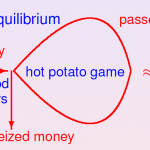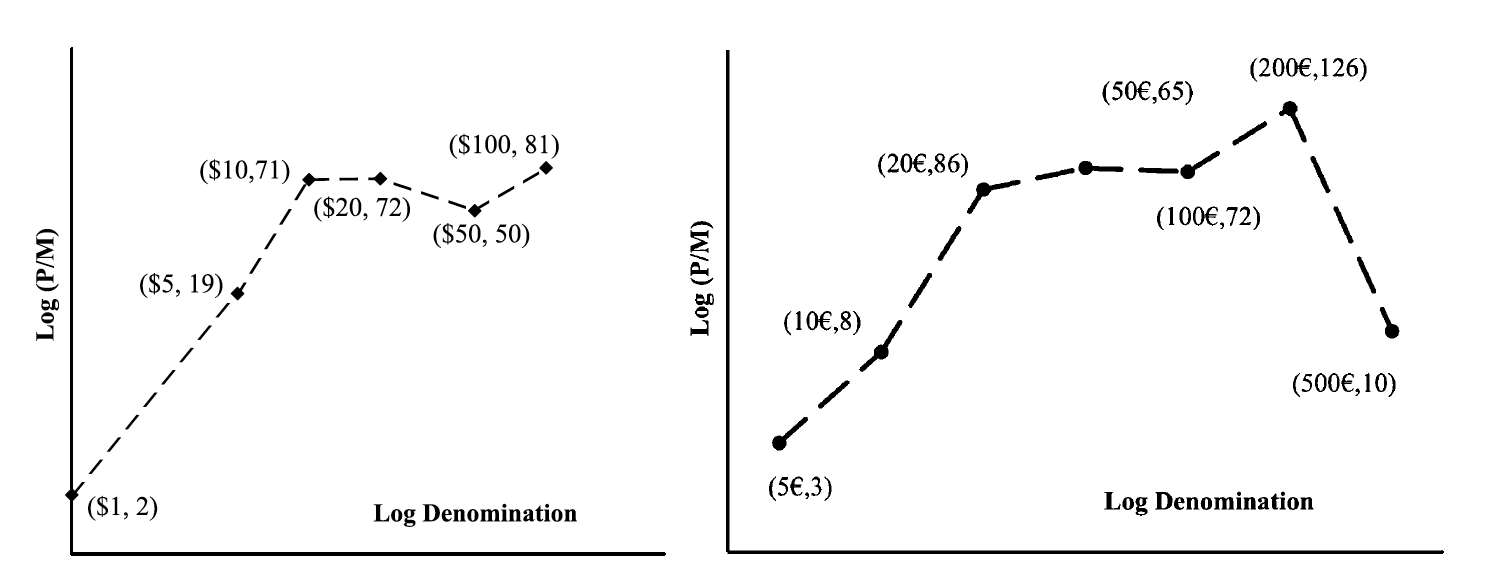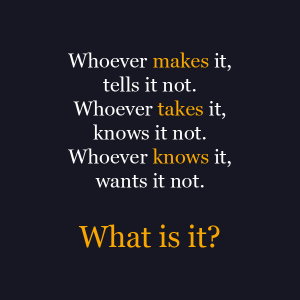“Economics of Counterfeiting” Quercioli and Smith (Econometrica, 2015)
Here is my radio debut on Wisconsin Public Radio’s University of the Air.
Click here if the Radio piece is unavailable for you
Brief abstract: We develop a simple costly attention model that in the Nash equilibrium of a natural supermodular game of verification explains patterns of passed and seized counterfeit US notes.
Longer abstract: Seized money is counterfeit notes taken from “bad guys”. Passed money is bad notes found in the possession of “good guys”. About one in 10,000 notes is counterfeit by either definition in the USA. But in totality, it amounts to over two hundred million dollars lost annually.
Recognizing that counterfeiting is a game of deception, we develop a new “behavioral” strategic theory of counterfeiting as a multi-market large game. Bad guys choose whether to counterfeit, and what quality to produce. Opposing them is a continuum of good guys who select a costly verification effort. In equilibrium, counterfeiters produce better quality at higher notes, but verifiers try sufficiently harder that verification still improves.

We develop a tractable and largely graphical framework for answering many empirical questions, and apply it where we have data. Our predictions are consistent with time series and cross-sectional patterns in a unique data set assembled largely from the Secret Service. For instance, passed and seized counterfeiting rates vanish for low and high notes. The new decision margin – how carefully do I examine the notes I acquire? – explains the rising passing fraction in the note value. The endogenous quality of counterfeits reverses this story at the high denominations.
The theory predicts well even though a simple calibration suggests that verification costs are astoundingly low — at most 1/4 cent to check a $100 note, much less for other notes!

Related cheap talk blog post: The Economics of Counterfeiting

